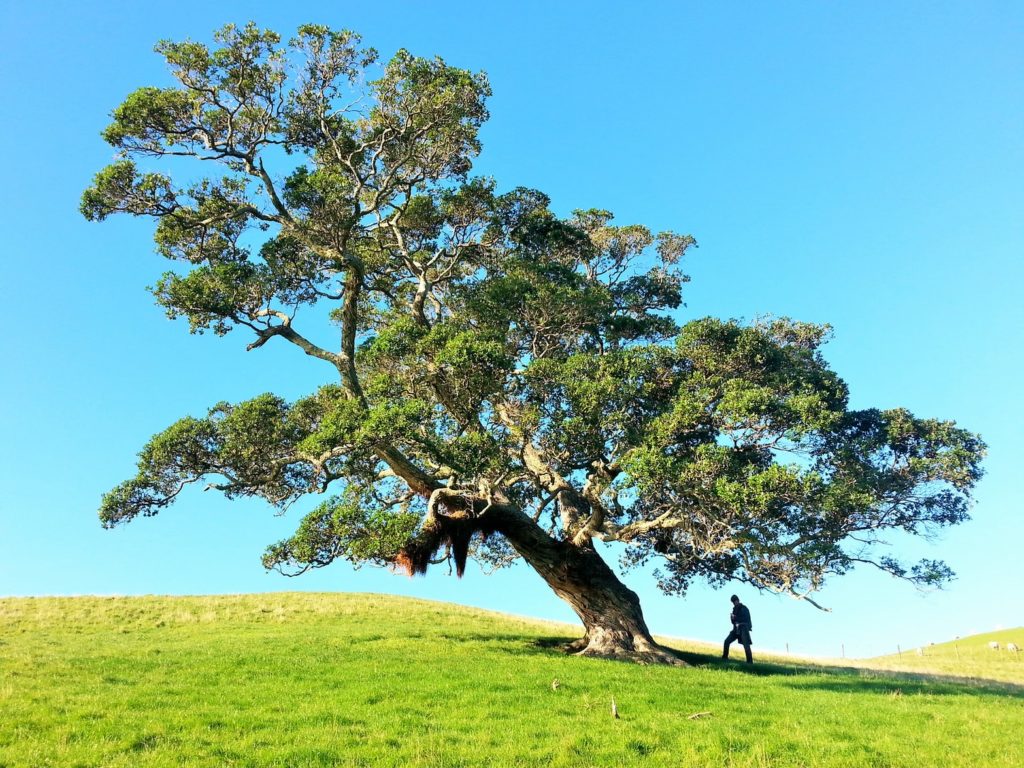This article has been extracted from “Annuals for Northern California” by “Bob Tanem Don Williamson”. Growing Annuals during the cool season when most other plants are dormant or other annuals are in seed form waiting for warmer weather to germinate. “Tree Removal Berkeley CA” serves you at its best on these annuals.
Once your annuals are hardened off they are ready to be transplanted. If your beds are prepared, you can start. The only tool you are likely to need is a trowel. Be sure you have set aside enough time to do the job. You don’t want to have young plants out of their pots and not finish planting them. If they are left out in the sun they can quickly dry out and die. To help avoid this problem, choose an overcast day for planting. Early mornings or evenings are also good times to plant.

Planting
Moisten the soil to aid the removal for the plants from their containers. Push on the bottom of the cell or pot with your thumb to ease the plants out. If the plants were growing in an undivided tray then you will have to gently untangle the roots. If the roots are very tangled, immerse them in water and wash some of the soil away. This should free the plants from one another. If you must handle the plant, hold it by a leaf to avoid crushing the stems. Remove and discard any damaged leaves or growth.
The root ball should contain a net -work of white plant roots. If the root ball is densely matted and twisted, otherwise known as root bound, score the root ball vertically on four sides with a sharp knife or gently break it apart in order to encourage the roots to extend and grow outward. New root growth will start from the cuts or breaks, allowing the plant to spread outwards.
Insert your trowel into the soil and pull it towards you, creating a wedge. Place your annual into the hole and firm the soil around the plant with your hands. Water newly planted annuals gently but thoroughly. They will need regular watering for a couple of weeks until they become established.
You don’t have to be conservative when arranging your flowerbeds. There are more design choices than simple straight rows, though formal bedding-out patterns are still used in many parks and formal gardens.
Today’s plantings are often made in casual groups and natural drifts. The quickest way to space out your annuals is to remove them from their containers and randomly place them onto the bed. You will get a nice mix of colors and plants without too much planning. Plant a small section at a time so that the roots don’t dry out. This is especially important if you have a large bed to plant.
If you are just adding a few annuals here and there to accent your shrub and perennial plantings, then plant in groups. Random clusters of three to five plants add color and interest to your garden. Always plant groups of the same plants in odd numbers for a more natural effect.

Combine the low-growing or spreading annuals with tall or bushy ones. Keep the tallest plants towards the back and smallest plants towards the front of the bed. This improves the visibility of the plants and hides the often-unattractive lower limbs of taller plants. Be sure also to leave your plants enough room to spread. They may look lonely and far apart when you first plant them, but annuals will quickly grow to fill in the space you leave.
There are no strict rules when it comes to planting and spacing. We suggest spacing distances in each plan account. A good rule of thumb for spacing annuals is to space slightly less than the plant’s spread. This gives a good, full effect when the plants mature. Some plants need more space in between to encourage good air circulation. This is also noted in the plant accounts. Plant your annuals the way you like them, whether it is in straight rows or in a jumble of colors, shapes and sizes. The idea is to have fun and to create something that you will enjoy once your garden is planted.
Some annuals require more care than others do, but most require minimal care once established.
Continue reading on Selecting Annuals
